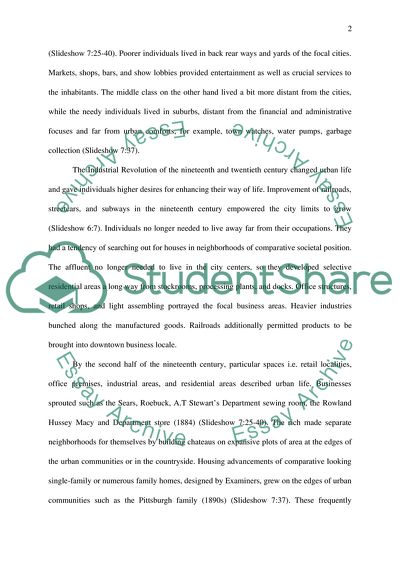Cite this document
(Nineteenth-Century Industrialized America Essay Example | Topics and Well Written Essays - 2750 words, n.d.)
Nineteenth-Century Industrialized America Essay Example | Topics and Well Written Essays - 2750 words. https://studentshare.org/history/1866686-nineteenth-century-industrialized-america
Nineteenth-Century Industrialized America Essay Example | Topics and Well Written Essays - 2750 words. https://studentshare.org/history/1866686-nineteenth-century-industrialized-america
(Nineteenth-Century Industrialized America Essay Example | Topics and Well Written Essays - 2750 Words)
Nineteenth-Century Industrialized America Essay Example | Topics and Well Written Essays - 2750 Words. https://studentshare.org/history/1866686-nineteenth-century-industrialized-america.
Nineteenth-Century Industrialized America Essay Example | Topics and Well Written Essays - 2750 Words. https://studentshare.org/history/1866686-nineteenth-century-industrialized-america.
“Nineteenth-Century Industrialized America Essay Example | Topics and Well Written Essays - 2750 Words”. https://studentshare.org/history/1866686-nineteenth-century-industrialized-america.


